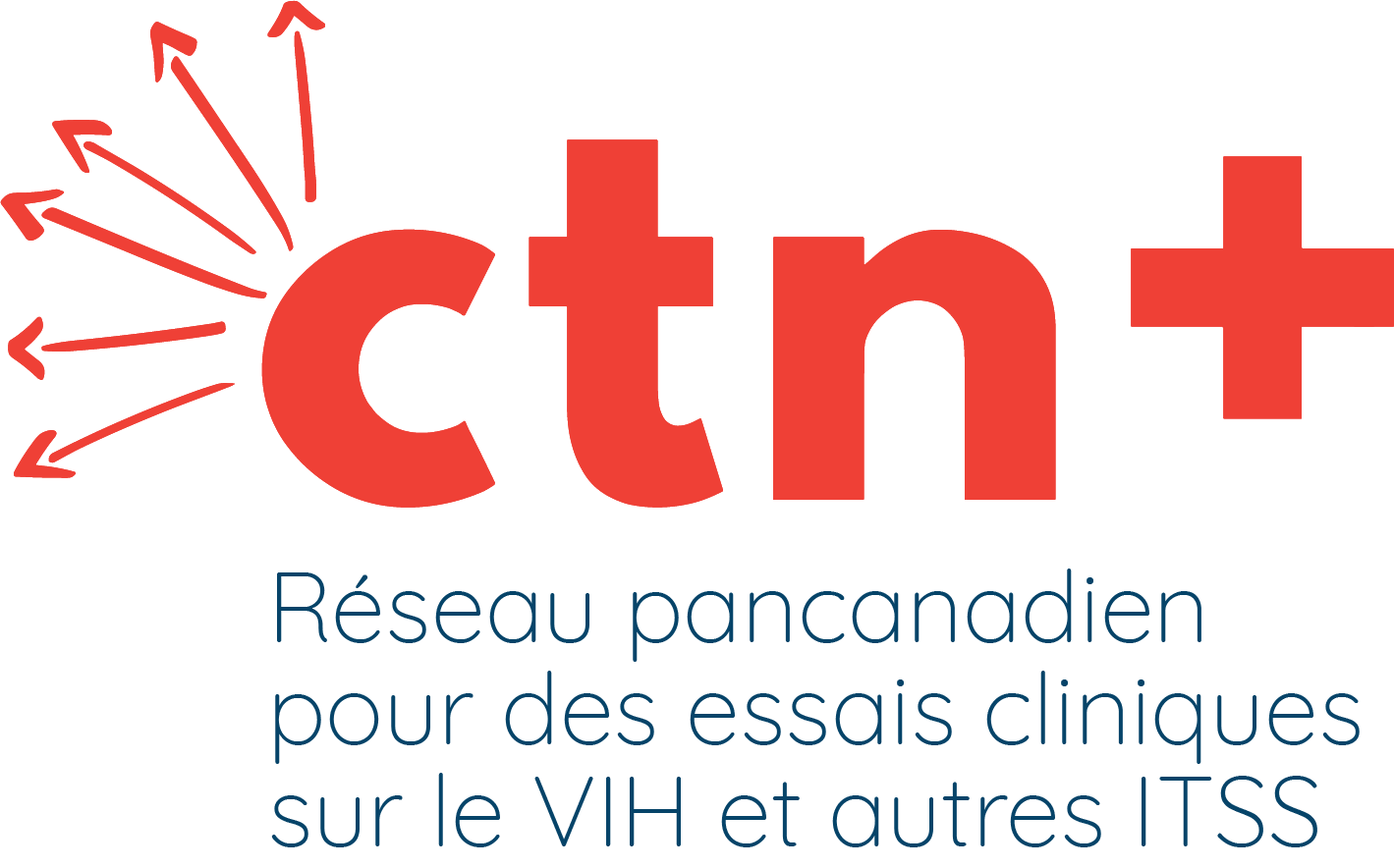Dr. Ronita Nath is the 2018 recipient of the James Kreppner CTN Postdoctoral Fellowship Award. She is supervised by Dr. Troy Grennan. Ronita received her PhD in Health Research Methodology from McMaster University and she is now the Managing Director at the Stigma and Resilience Among Vulnerable Youth Centre at the University of British Columbia.
Despite advances in HIV care, and despite decades spent on sexually transmitted infection (STI) prevention efforts, there has been a resurging epidemic in many parts of the world of bacterial STIs and STI-related complications. Bacterial STIs include syphilis, gonorrhea, and chlamydia.
Many of these disproportionately affect HIV-positive gay, bisexual, and other men who have sex with men (gbMSM). Record-high syphilis rates in gbMSM living with HIV in Canada are occurring alongside alarming increases in severe syphilis complications. In addition, there are ongoing concerns of increasing antimicrobial resistance of the gonorrhea bacteria,whichmay one day make this infection untreatable. Furthermore, lymphogranuloma venereum — a particularly worrisome infection associated with specific types of chlamydia bacteria — has been increasingly recognized as an epidemic among gbMSM living with HIV.
Despite overall decreases in HIV rates in British Columbia in recent years, gbMSM, when compared to other groups, continue to have the highest number of new HIV diagnoses. In 2015, 57% (136 cases) of all new HIV diagnoses were among gbMSM. It is well documented that the bacterial STIs — including syphilis, chlamydia, and gonorrhea — in gbMSM are key risk factors for HIV transmission, and are associated with increased risk for HIV acquisition.
Many factors play a role in HIV and STI transmission, including geography, age, birth cohort, ethnicity, stage of infection, stigma, marginalization, racism, sexual networks, awareness of HIV and other STIs, appropriate health care, and sexual behaviours. As gbMSM have gained knowledge around HIV transmission, men may adopt risk reduction strategies, including PrEP or post-exposure prophylaxis (PEP) and seroadaptive behaviours, where men make sexual decisions based on the HIV status of their potential partners.
However, with limited literature looking at these risk reduction strategies in depth, it is imperative to work with community members to begin to understand the underlying trends and factors that impact HIV and STIs in this population. This will enable us to develop new prevention strategies that directly relate to the factors important to this community. Given the relationship between HIV and STIs, as well as the overlapping sexual networks that determine how these infections are transmitted, it is critical to consider in our research both gbMSM who are living with HIV and those who are not.
My research project seeks to: 1) Examine the knowledge, attitudes, and beliefs of gbMSM (living with and without HIV) around sexual behaviours in an attempt to better understand the drivers of STIs; and 2) Evaluate the acceptability of biomedical (e.g. STI PrEP) and non-biomedical (e.g. seroadaptive strategies) STI prevention approaches by assessing knowledge and attitudes regarding these approaches.
To meet these objectives, we will first collect qualitative narratives through interviews with 25 gbMSM participants in Vancouver. We will recruit participants through the BCCDC clinics and the online sexual networking applications Scruff and Squirt. One of the deliverables of the qualitative study will be a quantitative survey.
The quantitative survey will then be administered as part of the 2019 SexNow Survey, a national project led by Dr. Nathan Lachowsky that asks questions about things like sex life, mental health, and substance use. The survey will be sent out to a larger sample of 250 participants and its questions will be informed by the qualitative interviews. By engaging with community members to capture what matters to gbMSM and to inform our survey questions, we will be able to more fully understand the spread of STIs and what more we can do to prevent them.






